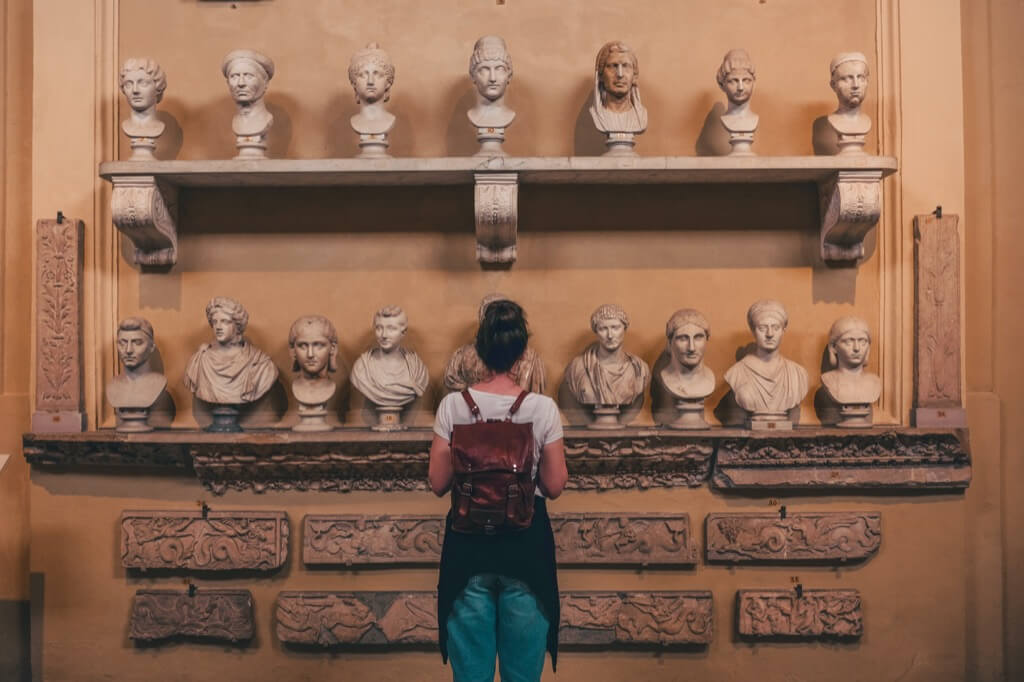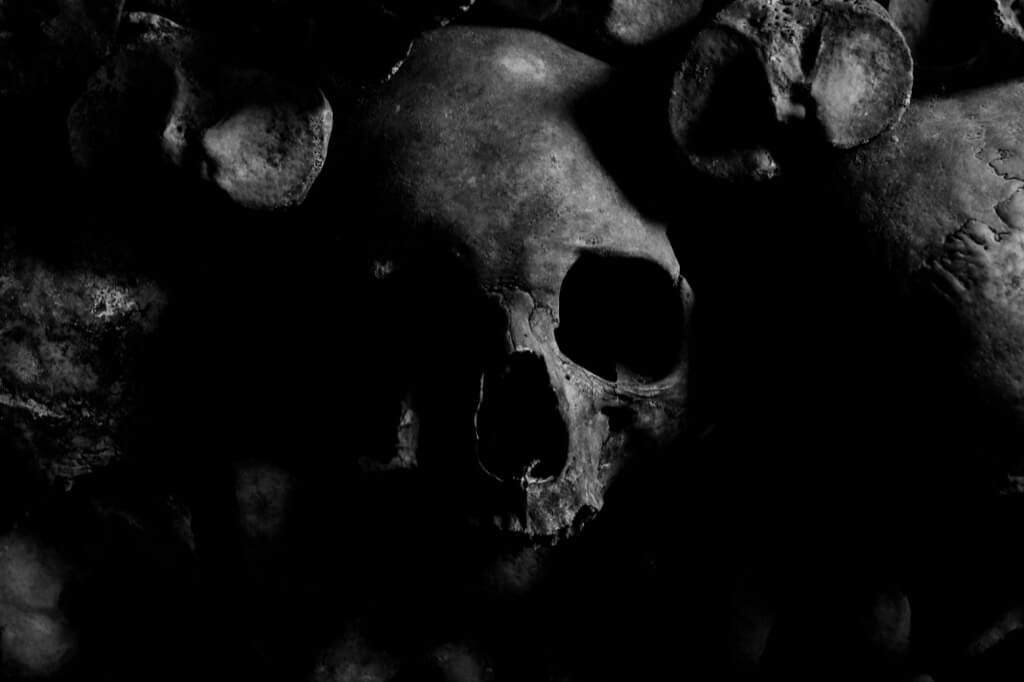Virginia Hall’s remarkable journey from a young American woman to the most feared Allied spy during World War II is a tale of unwavering determination, resilience, and courage.
Virginia Hall, born in Baltimore in 1906, was a woman ahead of her time. She pursued her education at prestigious institutions like Barnard College and Radcliffe College, demonstrating her ambition and thirst for knowledge. Her dream was to embark on a career in international service, and she seemed well on her way when she was appointed as a Consular Service clerk at the American Embassy in Warsaw, Poland, at just twenty-five years old.
However, her life took an unexpected turn when a hunting accident led to the amputation of her left leg below the knee. Undeterred by this setback, Virginia embraced her new reality with resilience and even bestowed her prosthetic wooden leg with the name “Cuthbert.”
Despite her linguistic talents, including proficiency in Italian, German, and French, Virginia’s career hit a glass ceiling due to her disability. She worked as a clerical assistant in various State Department postings, including Turkey, Italy, and Estonia. Frustrated by the limitations imposed on her career, she resigned from her position in 1939, just as World War II was spreading across Europe.
Rather than seeking safety in her homeland, Virginia chose to stay in Europe. She volunteered in France, driving ambulances until the French surrender in 1940. She then made her way to England, where she resumed clerical work at the American Embassy in London before fleeing the country.
Virginia’s path took a remarkable turn when the British Special Operations Executive (SOE) recognized her potential. Pretending to be a New York Post correspondent under the code name “Marie Monin,” she became the first female agent to work for the SOE in France. Over the next fourteen months, she played a pivotal role in providing courier services, aiding downed fliers and escaping prisoners of war, and acquiring materials for clandestine presses.
By 1942, thanks to Virginia’s efforts and those of her fellow agents, over two million people in France were reading resistance papers. Throughout this time, Virginia continued to transmit documents to the New York Post to maintain her cover.
The Most Dangerous of All Allied Spies
Virginia Hall’s incredible success did not go unnoticed by the Germans. French double agents had reported the activities of the “limping lady” who had forged extensive resistance networks and identified drop zones for money and weapons. The Gestapo, growing increasingly agitated by her track record, labeled her “the most dangerous of all Allied spies” and launched a mission to locate and eliminate her.
The situation became dire when Germany occupied France in 1942. Whether they knew her as “the limping lady” or not, Virginia faced the risk of torture or execution if captured in her current disguise. The SOE advised her to leave France, especially with the United States now actively engaged in the war. In November, she embarked on a perilous journey to Spain, traversing the treacherous Pyrenees Mountains on her remaining leg. She referred to her wooden leg as “Cuthbert” but kept it discreet in her communication to avoid giving away critical information if intercepted.
A Brush with Capture
Upon her arrival in Spain, Virginia’s lack of entrance paperwork led to her arrest and six weeks in prison. Eventually, she managed to smuggle a letter to the American embassy in Barcelona, highlighting her precarious situation. After her release, she continued her service for the SOE in Spain. However, she requested a transfer after four months, stating:
“When I was in Spain, I thought I could be of help, but I’m not helping there. I am spending time while doing something I enjoy. It’s not time well spent because after all, my neck is my own. Personally, I think it’s my prerogative to get a crick in it if I am so disposed.”
A High-Stakes Mission
Virginia returned to France once more, this time courtesy of a British torpedo boat. She underwent training in Morse code and embarked on another perilous mission. Despite the constant threat of discovery, she skillfully evaded capture while staying on the move to avoid detection by German forces attempting to triangulate her radio transmissions.
When she wasn’t training three battalions of French resistance fighters in guerrilla warfare, Virginia eavesdropped on conversations among German soldiers. Her actions led to the sabotage of crucial infrastructure, including rail lines, phone lines, bridges, and freight trains. Approximately 150 German soldiers were killed, and 500 more were captured by her team. Virginia’s unwavering dedication to the resistance significantly weakened the German occupation.
Virginia Hall, the one-legged woman known as “the Most Dangerous of All Allied Spies,” led a remarkable life filled with daring exploits and heroism during World War II. While her incredible story is well-documented, there are several lesser-known facts that shed more light on this extraordinary individual.
Early Ambitions in Diplomacy: Before her espionage career, Virginia Hall aspired to a career in international service. She worked as a Consular Service clerk at the American Embassy in Warsaw, Poland, at the age of 25, showcasing her early interest in diplomacy.
Tragic Hunting Accident: Hall’s disability resulted from a hunting accident in Turkey, where she accidentally shot herself in the left leg. Due to limited medical technology at the time, her leg had to be amputated below the knee.
Nickname for Her Prosthetic Leg: Hall affectionately named her prosthetic wooden leg “Cuthbert.” She would continue to wear this prosthetic limb throughout her life.
Educational Pursuits: Hall received her education not only in the United States but also in France, Germany, and Austria. Her language skills were crucial to her later career as a spy.
Driving Ambulances in France: When Hall fled to France in 1940, she offered her services as an ambulance driver until the French surrendered. This selfless act showcased her dedication to the war effort.
First Female Agent in France: Virginia Hall’s codename was “Marie Monin,” and she became the first female agent to work for the Secretary of State in France during World War II.
Role in Supporting Resistance: Hall played a crucial role in the French resistance, supplying courier services, aiding downed fliers, and helping prisoners of war escape. She also acquired materials for clandestine presses, enabling the distribution of resistance newspapers to over two million readers in France.
Target of German Manhunt: German forces considered Hall to be the “most dangerous of all Allied spies” due to her extensive efforts in strengthening the French resistance. They actively pursued her, leading to her nickname as the “limping lady.”
Risk-Taking Strategies: To evade capture, Hall dyed her hair gray, wore disguises to appear as an elderly milkmaid, and pretended to have a limp. She monitored German soldiers’ conversations while selling goat cheese to gather intelligence.
Honors and Awards: Virginia Hall’s remarkable contributions during World War II earned her recognition, including being made an honorary member of the Order of the British Empire. She was the only civilian woman to receive the Distinguished Service Cross, one of the highest U.S. military honors, for her espionage work.
Recognition and Honors
Virginia Hall’s extraordinary contributions during World War II did not go unnoticed. She was made an honorary member of the Order of the British Empire and awarded the Distinguished Service Cross, one of the highest military honors in the United States. President Truman proposed a public celebration in her honor, but Virginia opted for a private ceremony attended only by her mother and General William Joseph Donovan. Her message was clear: “I’m still operational and most anxious to get busy.” She remained steadfast in her desire to keep a low profile.
Virginia Hall’s life is a testament to the indomitable human spirit. Her courage, resourcefulness, and dedication to the Allied cause during World War II make her a true hero and an inspiration to us all.






